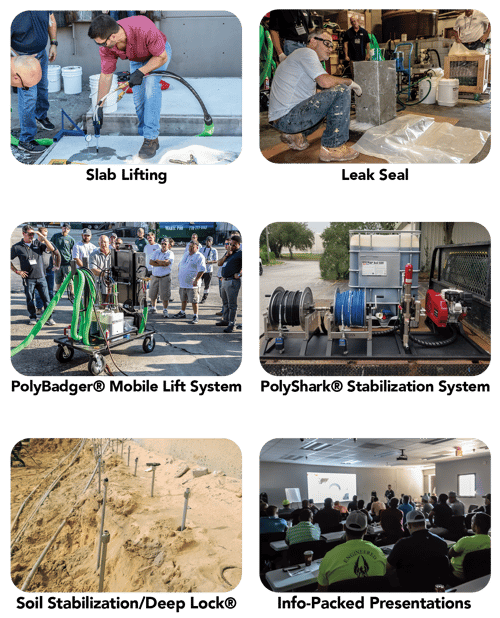 Essential Details
Essential Details
Dates/Pricing
Slab Lifting Masterclass: April 15th & 16th, 2024 – $685.00
Public Works Infrastructure Repair: April 18th & 19th, 2024 – $685.00
Location
Spray Foam Systems
1502 Airport Rd.
Greensboro, GA 30642
Click Here for Directions
Discount
Register for both classes and get a 25% discount
Slab Lifting Masterclass: April 15th & 16th, 2024 – $685.00
The concrete lifting master is an intensive opportunity to learn what it takes to start a concrete lifting business and then take it to the next level. The training you will receive will include Safety, Site Evaluation, Estimating, Product Selection, Sales, Equipment, Concrete Lifting Techniques, and Deep Lift / Deep Lock. You will also learn about taking your concrete lifting business to the next level. You will learn about other tools we have to help you land bigger jobs and how to engage the engineering community to gain access to unique markets. Join the industry’s top team of concrete lifting professionals for training, learning, and fun.Public Works: April 18th & 19th, 2024 – $685.00
The public works course is two days dedicated to training and teaching Public Works professionals and specialty grouting contractors. You will learn how to utilize polyurethane technology to solve problems that municipalities and public works departments commonly face and how to do it at a fraction of the cost of traditional methods. There will be a heavy emphasis on sealing underground infrastructure and stabilizing and lifting roads. We will cover the full spectrum of our product line including Leak Seal, Permeation, Soil Stabilization, and Slab Lifting. Join the industry’s top team of infrastructure specialists for training, learning, and fun.




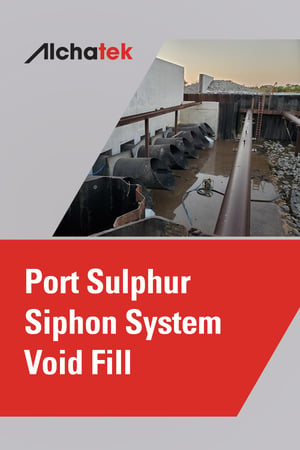 The Army Corp of Engineers (ACOE) builds and manages numerous projects along the rivers and waterways of the United States. On our mightiest river, the Mississippi, the ACOE was tasked with upgrading the large siphon systems that are used to draw down the river level during flood events. To prevent catastrophic flood damage, these siphons kick on if the river is going to crest over the top of the levees.
The Army Corp of Engineers (ACOE) builds and manages numerous projects along the rivers and waterways of the United States. On our mightiest river, the Mississippi, the ACOE was tasked with upgrading the large siphon systems that are used to draw down the river level during flood events. To prevent catastrophic flood damage, these siphons kick on if the river is going to crest over the top of the levees.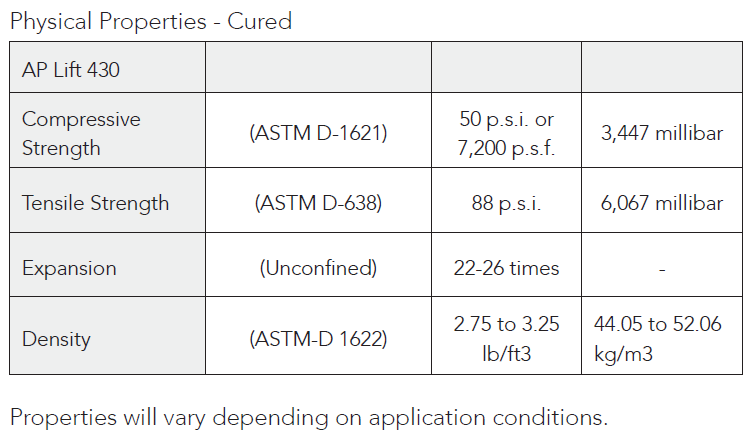


 Essential Details
Essential Details
 Polyurethane grouting is an essential process in construction and infrastructure projects with the need to lift structures, fill voids, and stabilize soil. While polyurethane grouting has been utilized for decades, advancements in technology and technique have enabled a new level of precision and control in modern grouting applications. Innovations in polyurethane injection methods and equipment allow design and construction teams to achieve highly accurate, consistent injections for maximum strength and longevity.
Polyurethane grouting is an essential process in construction and infrastructure projects with the need to lift structures, fill voids, and stabilize soil. While polyurethane grouting has been utilized for decades, advancements in technology and technique have enabled a new level of precision and control in modern grouting applications. Innovations in polyurethane injection methods and equipment allow design and construction teams to achieve highly accurate, consistent injections for maximum strength and longevity.
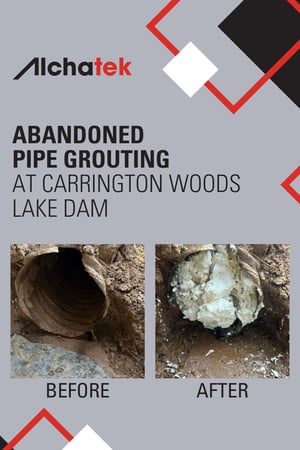 Carrington Woods Lake Dam is located in Baldwin County, Georgia. A consulting firm collaborating with a general contractor called in geotech specialists
Carrington Woods Lake Dam is located in Baldwin County, Georgia. A consulting firm collaborating with a general contractor called in geotech specialists 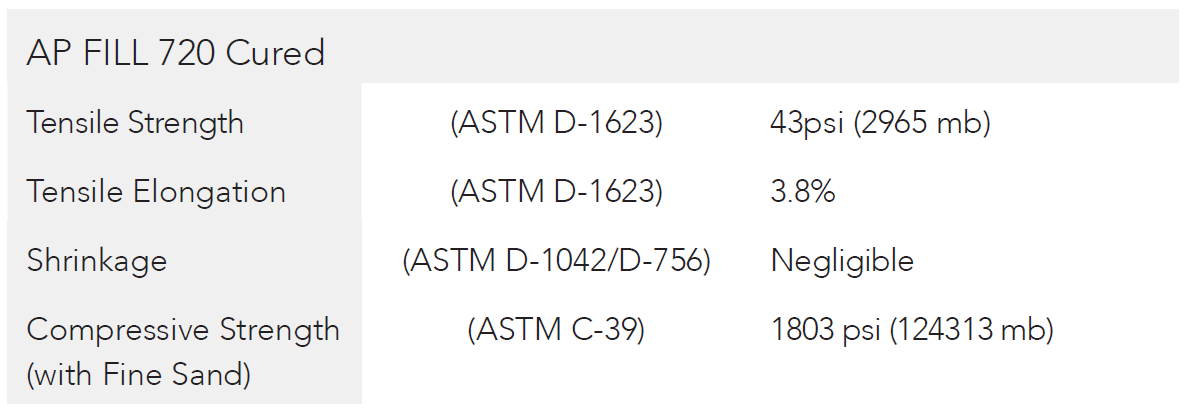

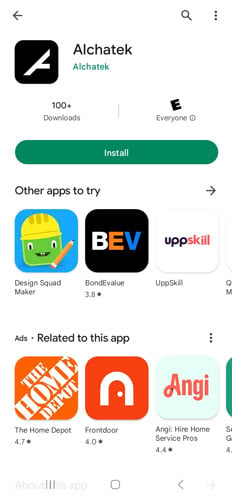
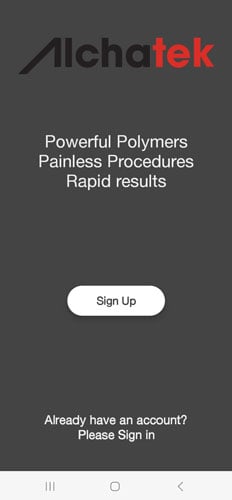
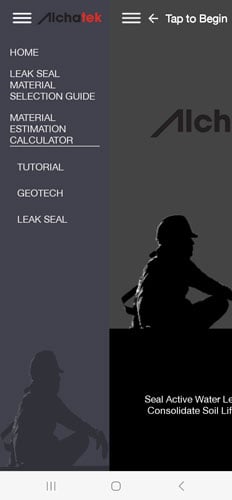
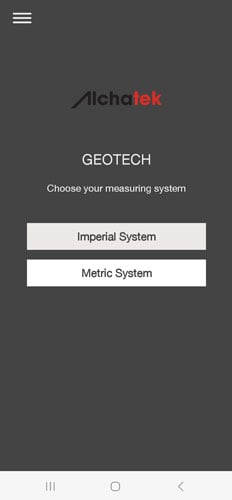
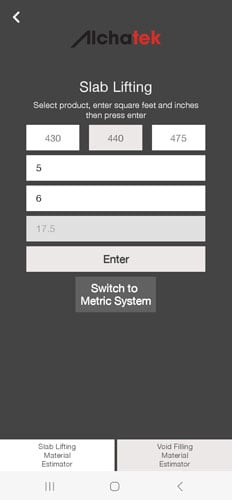
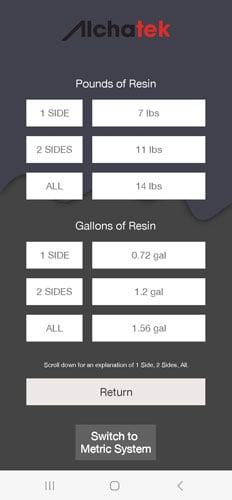

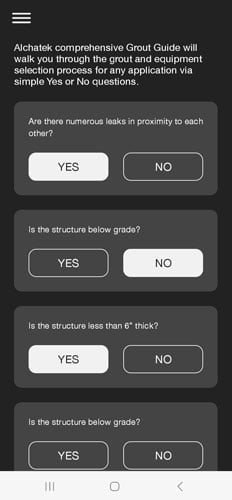
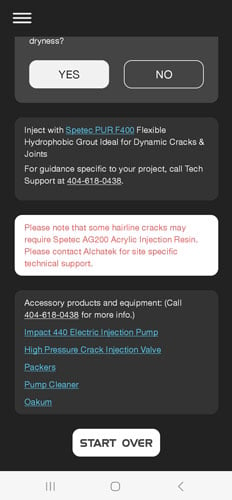


 Alchatek offers world-class custom-built pump systems for both slab lifting and soil stabilization applications. If you're looking for a
Alchatek offers world-class custom-built pump systems for both slab lifting and soil stabilization applications. If you're looking for a 
